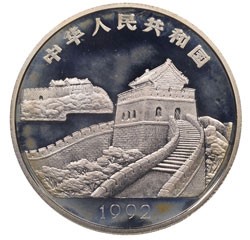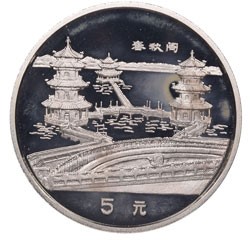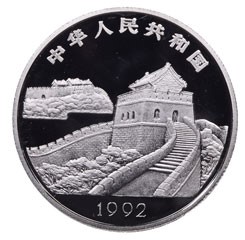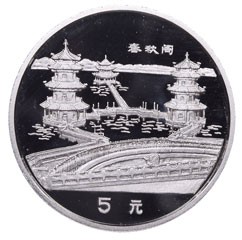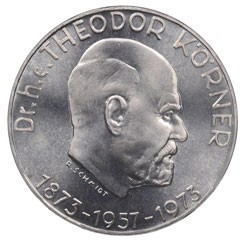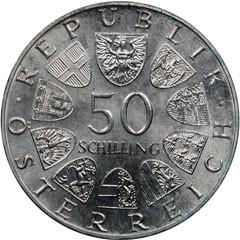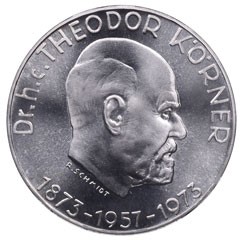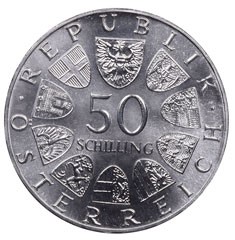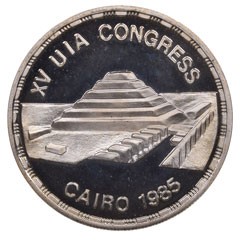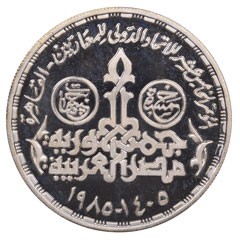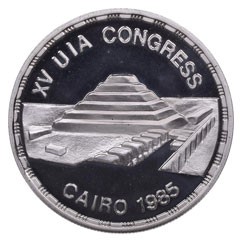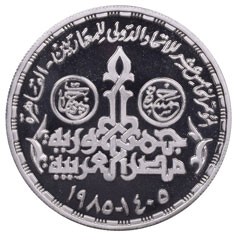NCS Conservation: A Variety of World Coins Benefit from the Removal of Harmful Residues
Posted on 2/9/2021
Numismatic Conservation Services™ (NCS®) uses a variety of proprietary techniques to remove harmful surface contaminants, stabilize and protect a coin's surfaces and, in many cases, improve a coin's eye appeal. After coins are conserved by NCS, they are seamlessly transferred to Numismatic Guaranty Corporation® (NGC®), an independent affiliate of NCS, for grading and encapsulation.
Below are a few highlights of coins that were conserved by NCS and graded by NGC recently.
Original mint holders are rarely air-tight. Being somewhat open to the environment can lead to the development of some heavy residues that are not only unattractive but also can be potentially damaging. This China 1992 Silver 5 Yuan issued as part of a series depicting Taiwan scenery had developed a particularly dreadful opaque residue. The residues must be removed from the surface with such care as to not damage the coin underneath in order for a modern coin to grade to its full potential. Following conservation, this Chinese silver commemorative was able to grade very well.
Hazardous residues will often show on Proof strike coins in a much more apparent fashion than they do on Mint State strike coins but the potential harm remains the same. This Austria 1973 Silver 50 Schilling coin honoring Dr. Theodor Korner spent a large part of its past in a holder with PVC. The bright jade green residues particularly on the reverse are tell-tale clues that this coin spent far too long in a holder containing the dreaded PVC.
Just as with Proof strike coins, the conservators at NCS have developed techniques to carefully remove potentially damaging residues safely without creating any damage to the coin underneath. Residues such as PVC can cause the beginning of metal corrosion, but fortunately, this coin was saved before any significant changes had occurred. Following successful PVC residue removal, this Austrian commemorative was able to grade well with NGC.
Modern commemorative coins from around the world can develop similar residues due to poor storage. This AH 1405/1985 Egypt Silver 5 Pound Proof commemorative issued in honor of the UIA Congress held in Cairo that year was submitted to NCS to remove both a slightly bluish haze in the fields and a mottled yellow tone on the devices. The NCS conservators were able to safely remove both detriments, allowing the coin to appear bright and flashy once again. Following professional conservation this coin was able to grade well with NGC.
For more information about NCS, visit NGCcoin.com/NCS.
Stay Informed
Want news like this delivered to your inbox once a month? Subscribe to the free NGC eNewsletter today!
